5k.m Airport Road, Urmia – Iran
Vertical
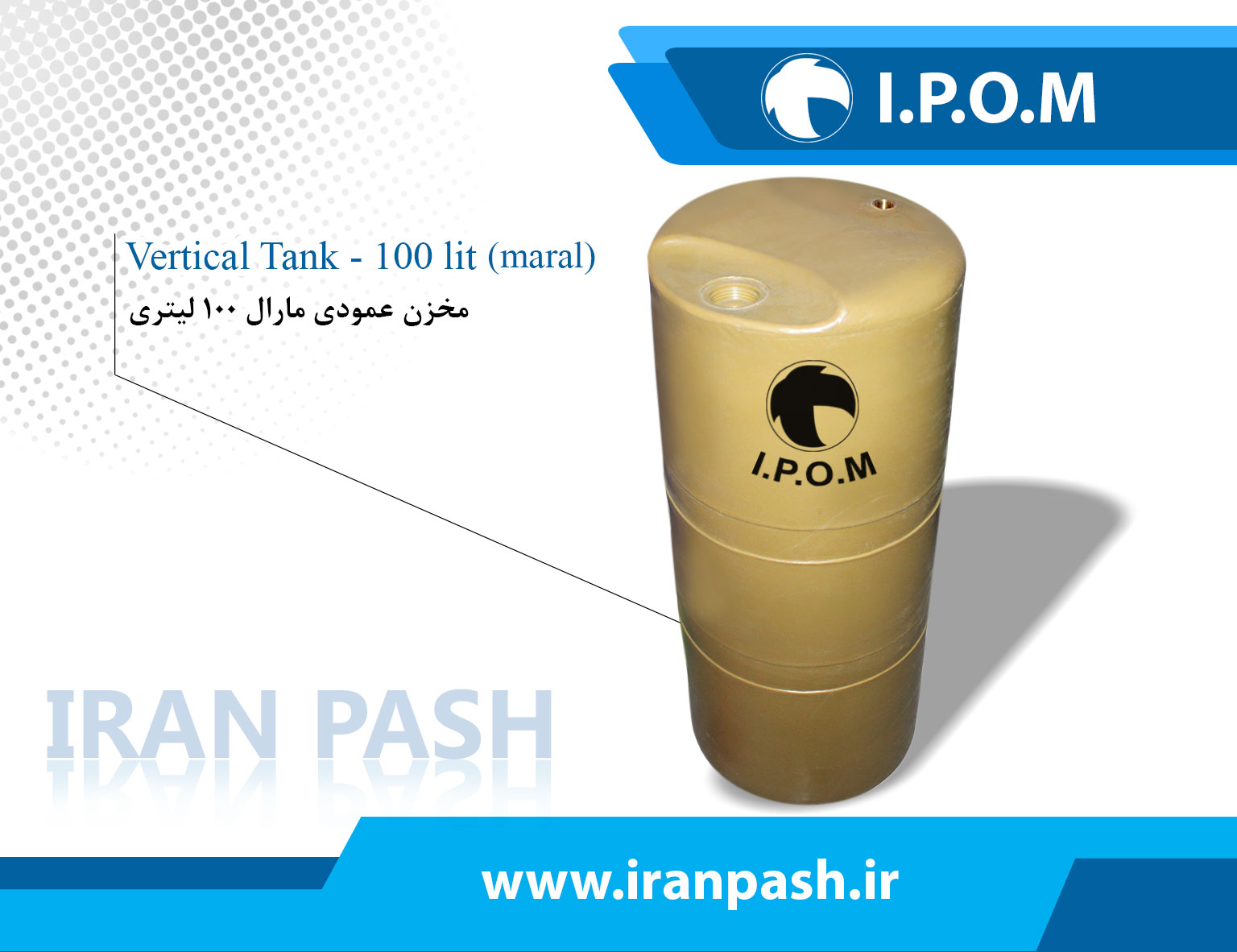
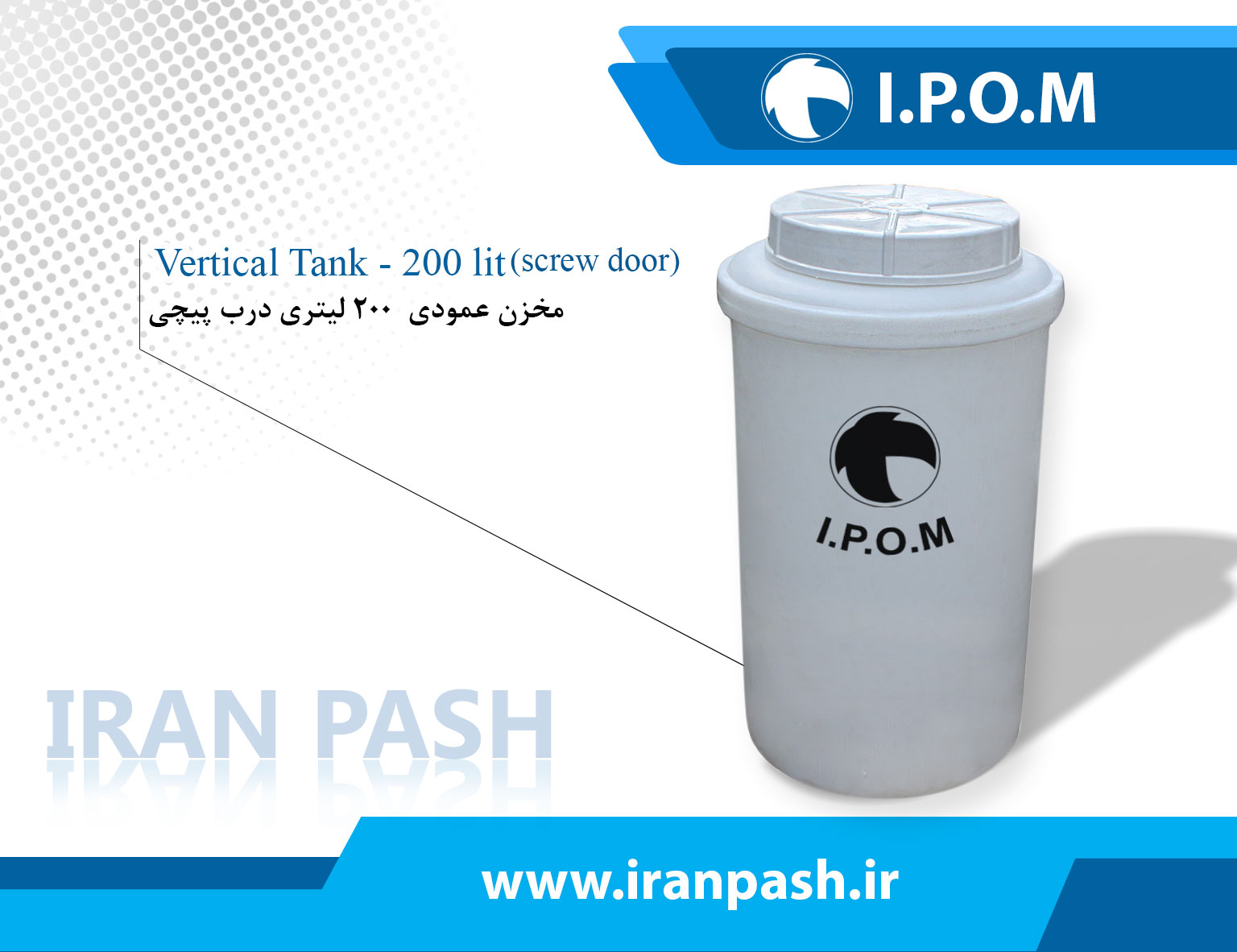
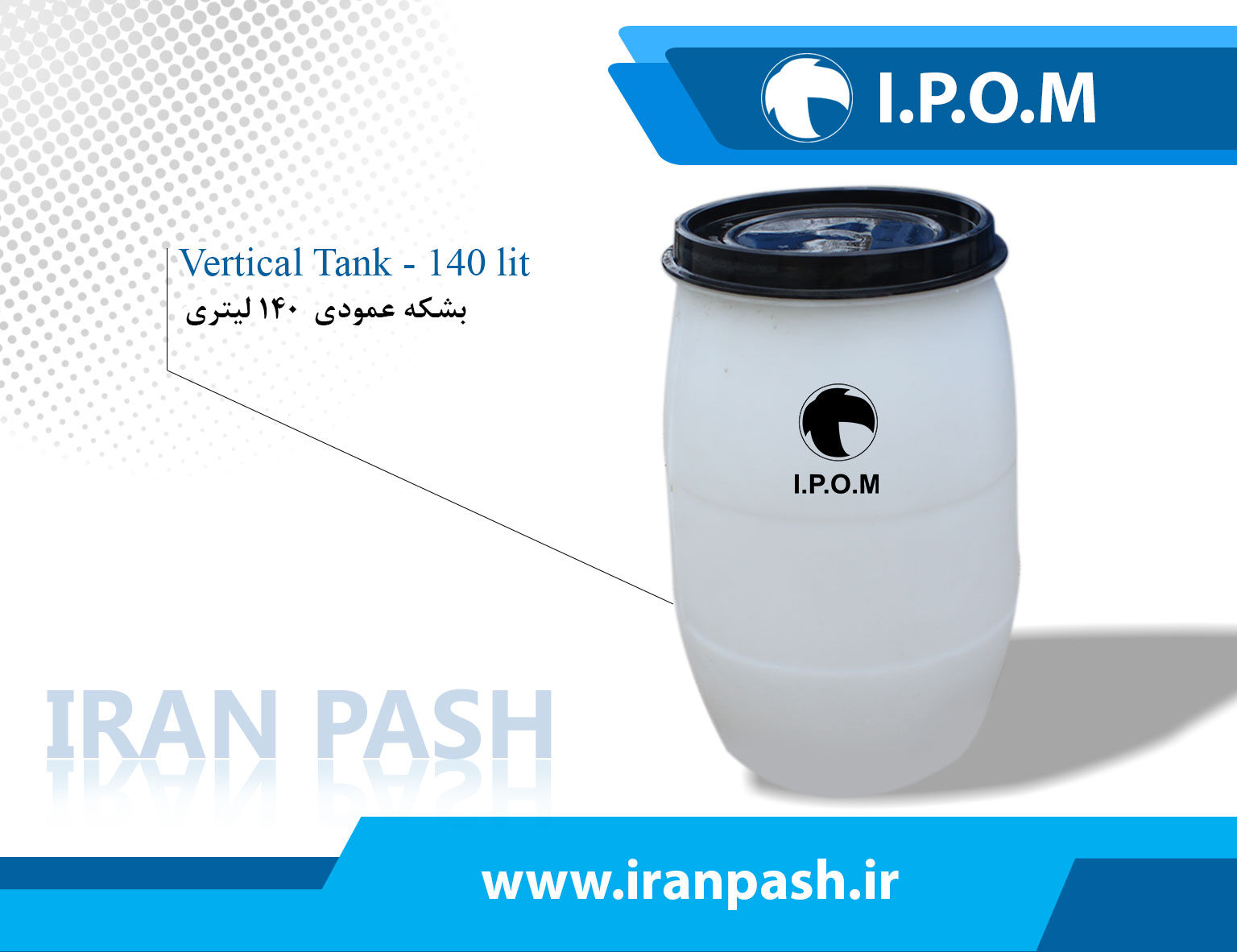
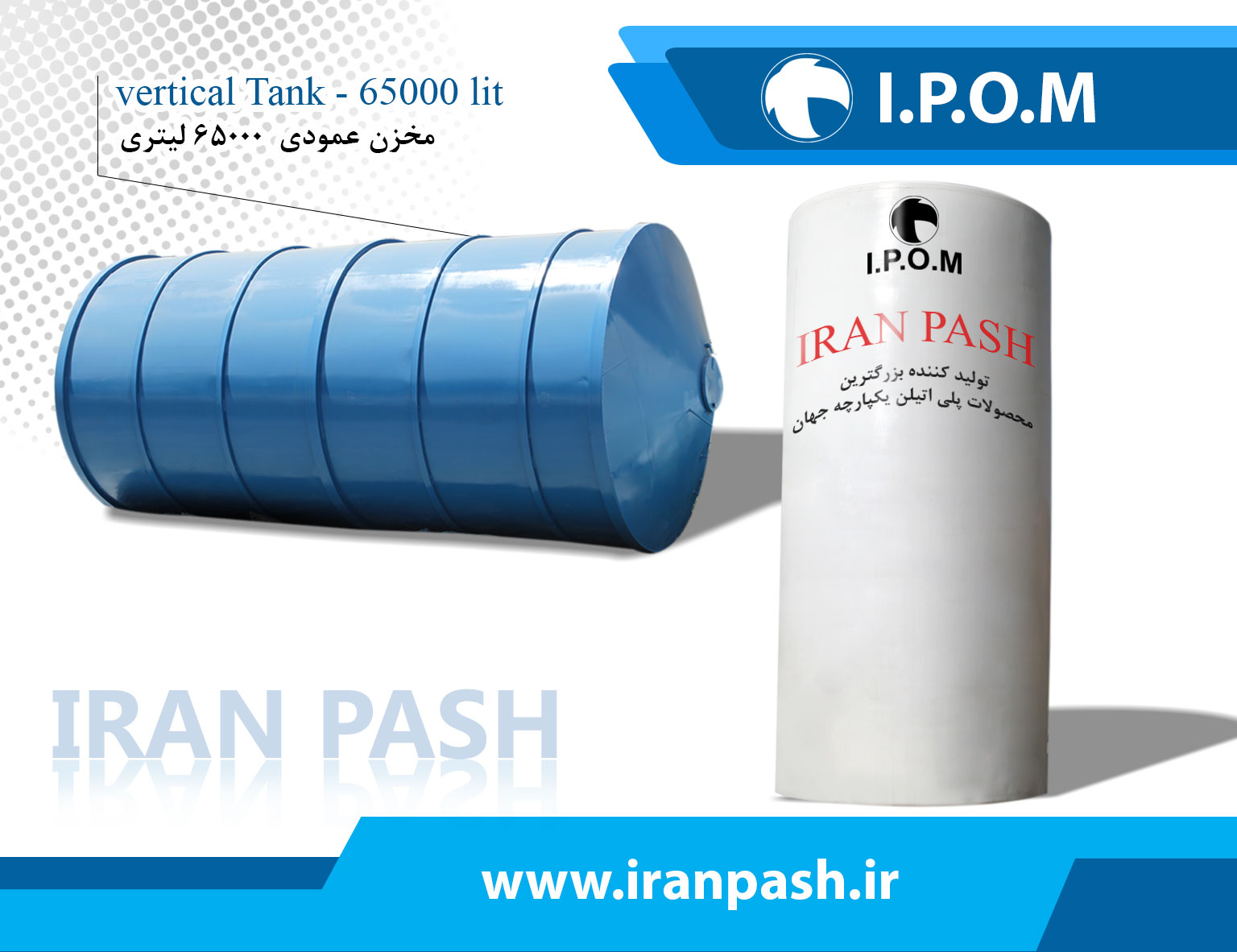
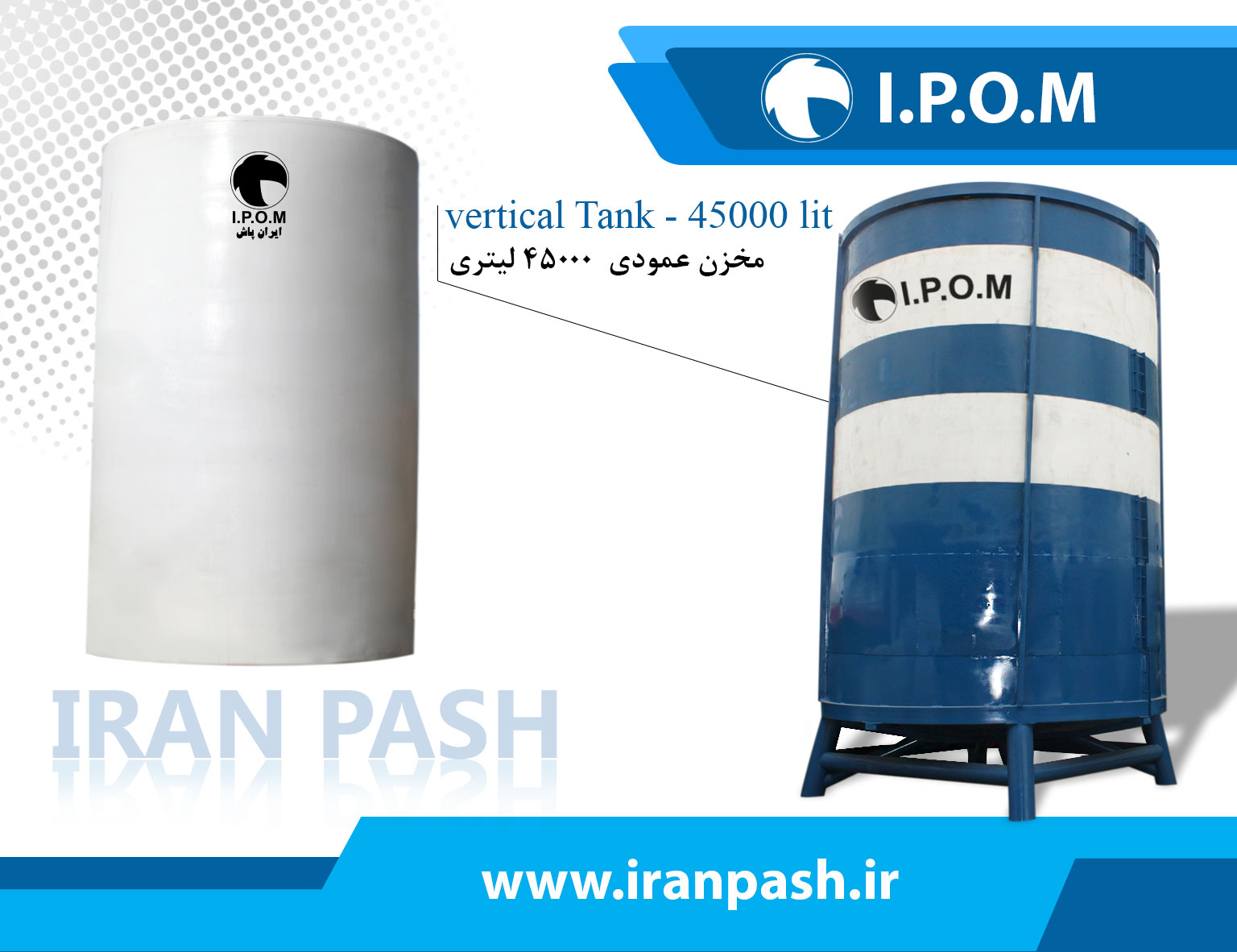
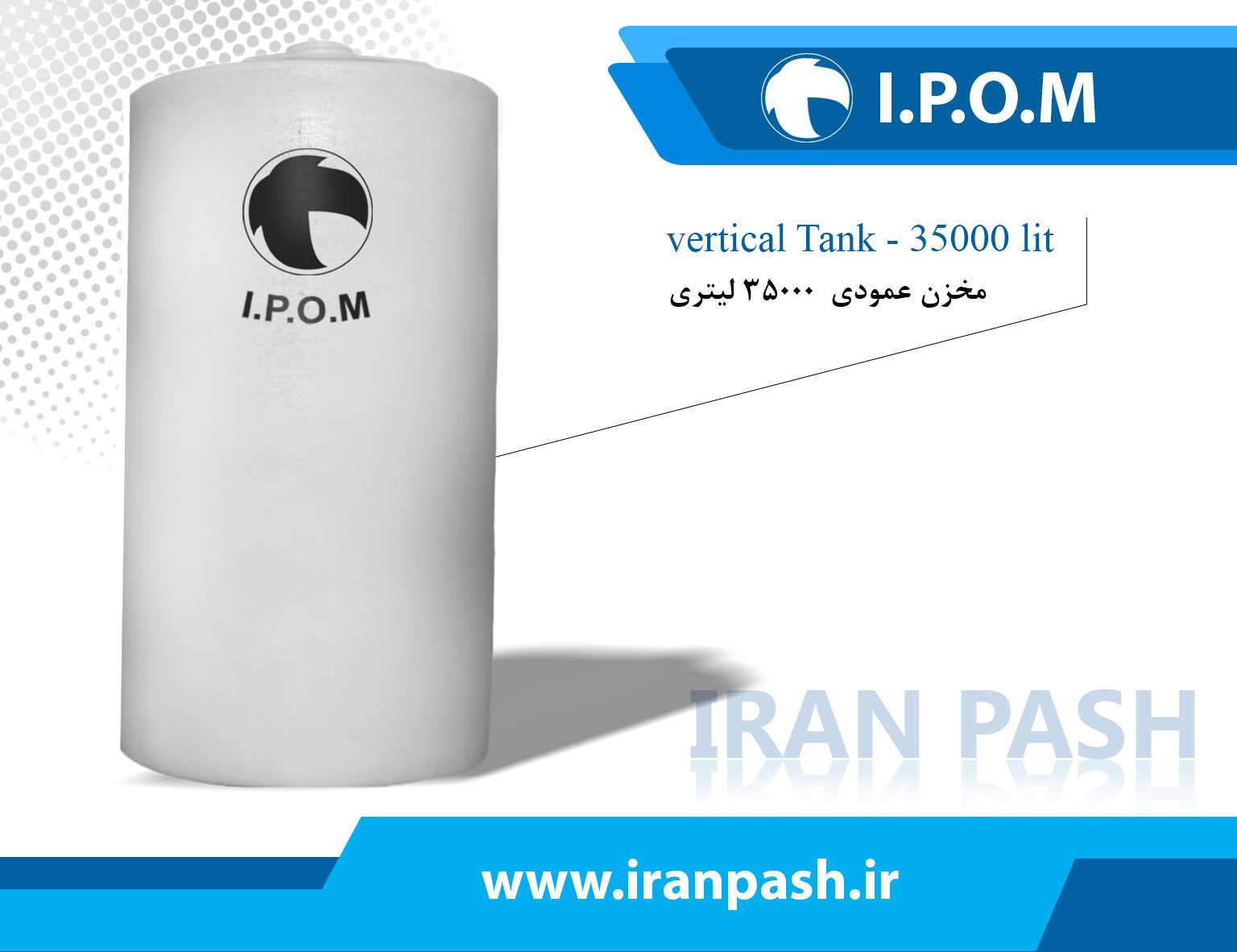
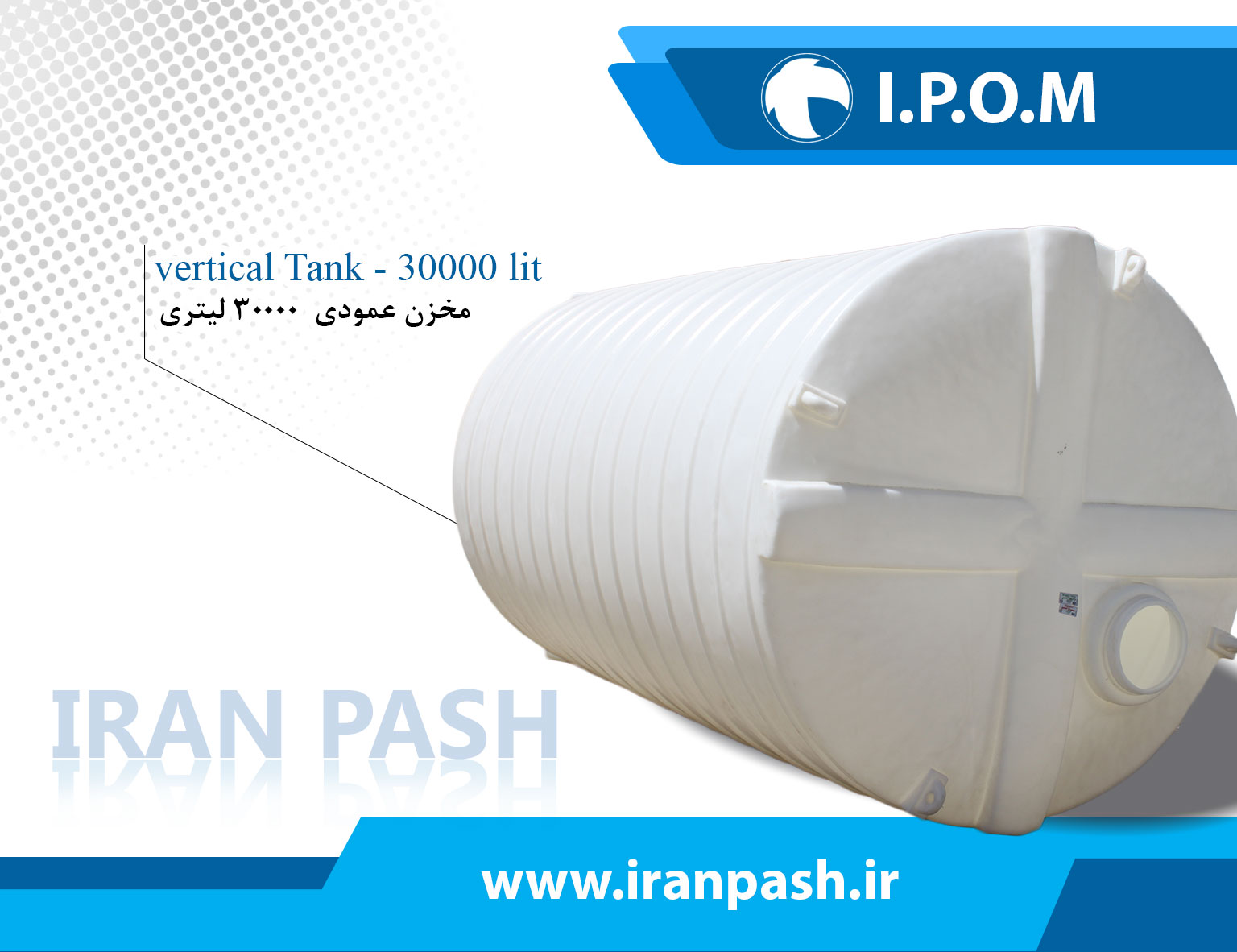
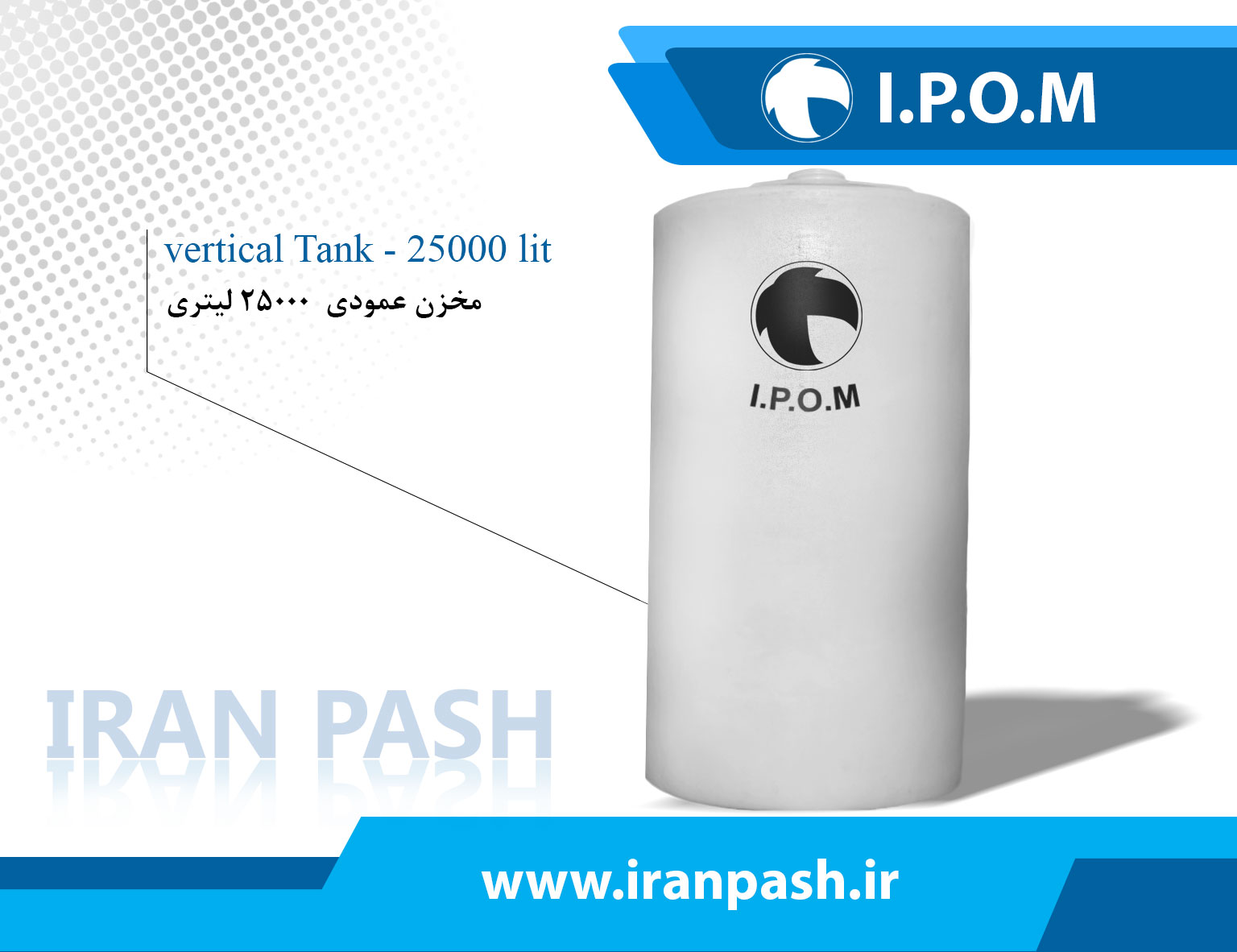
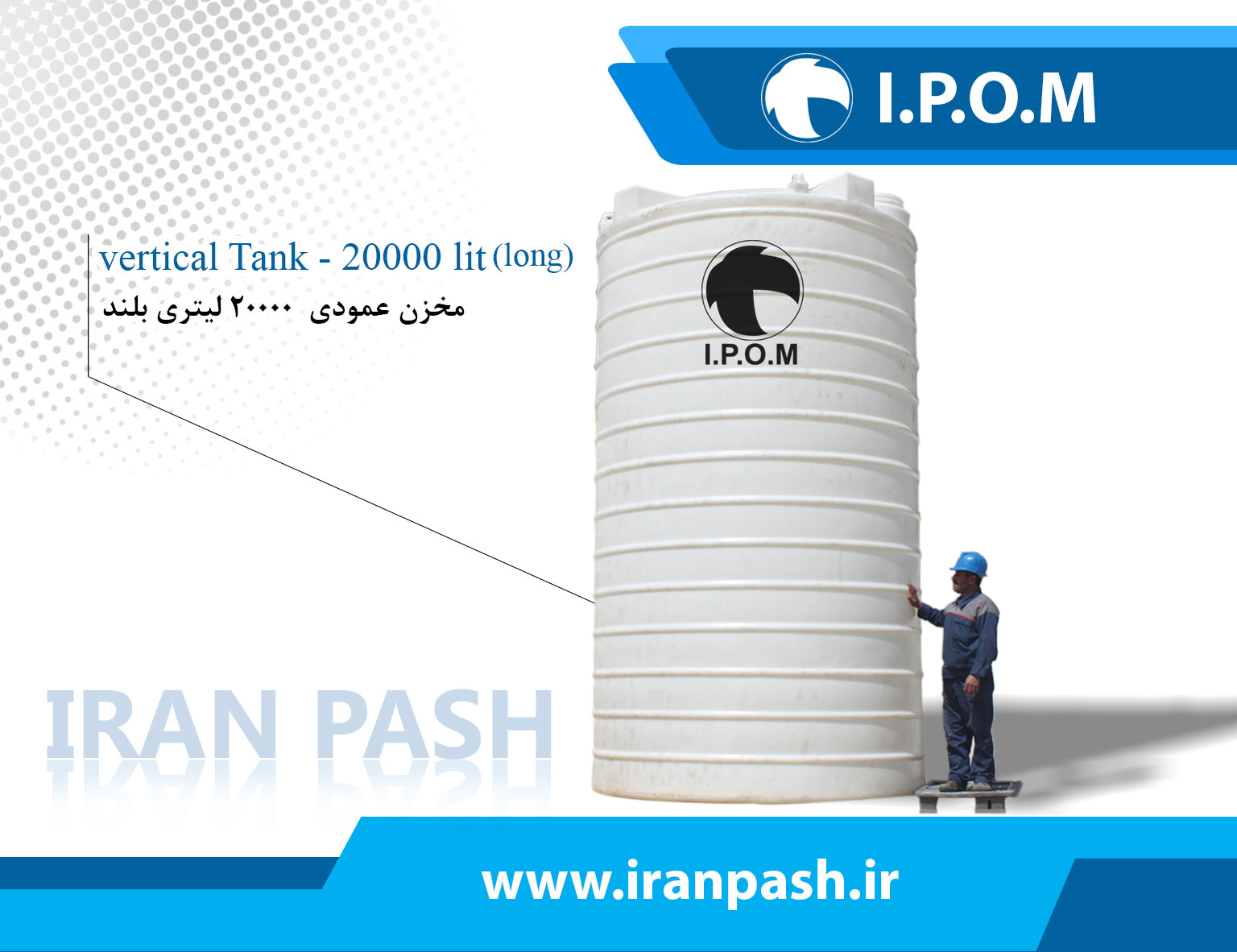
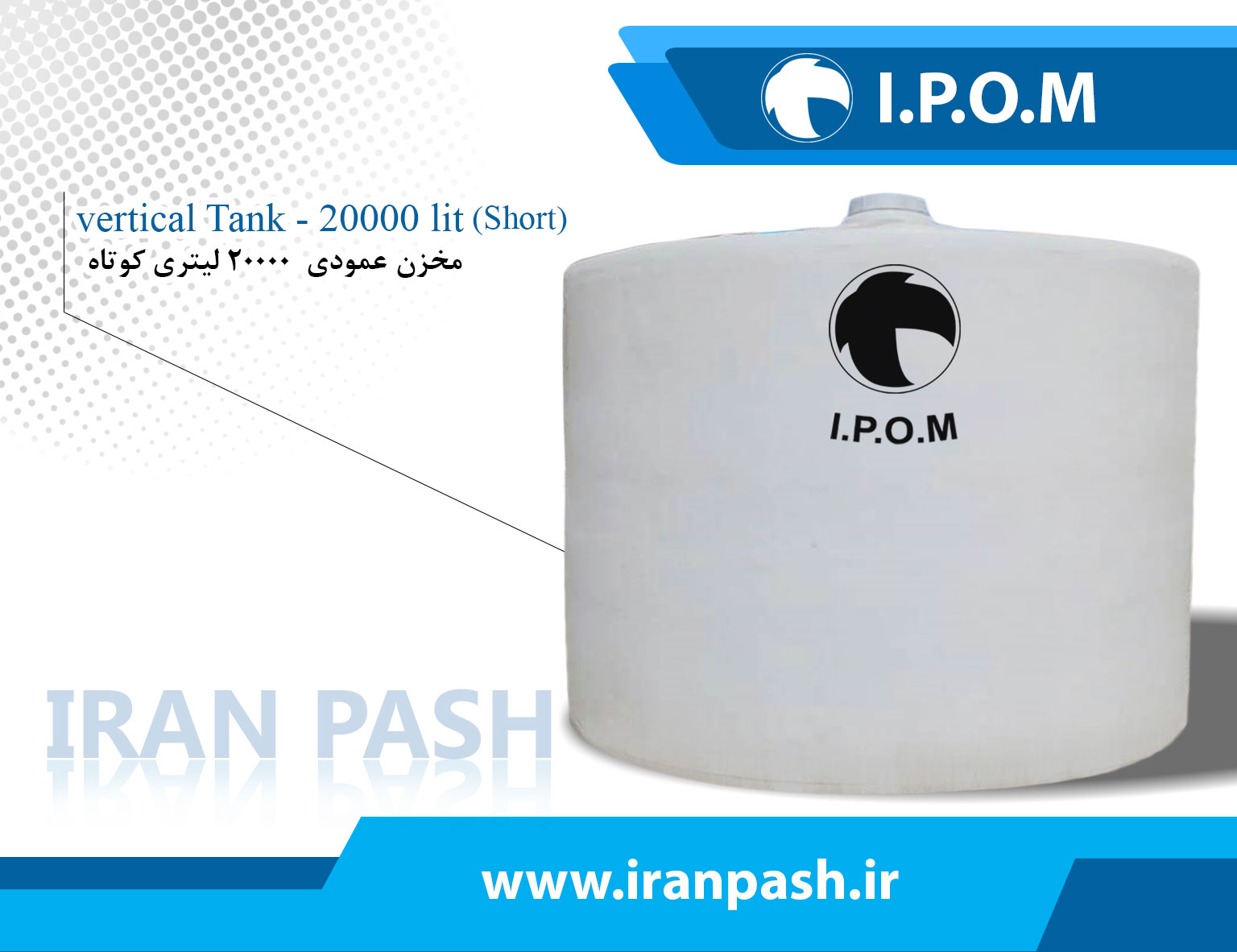
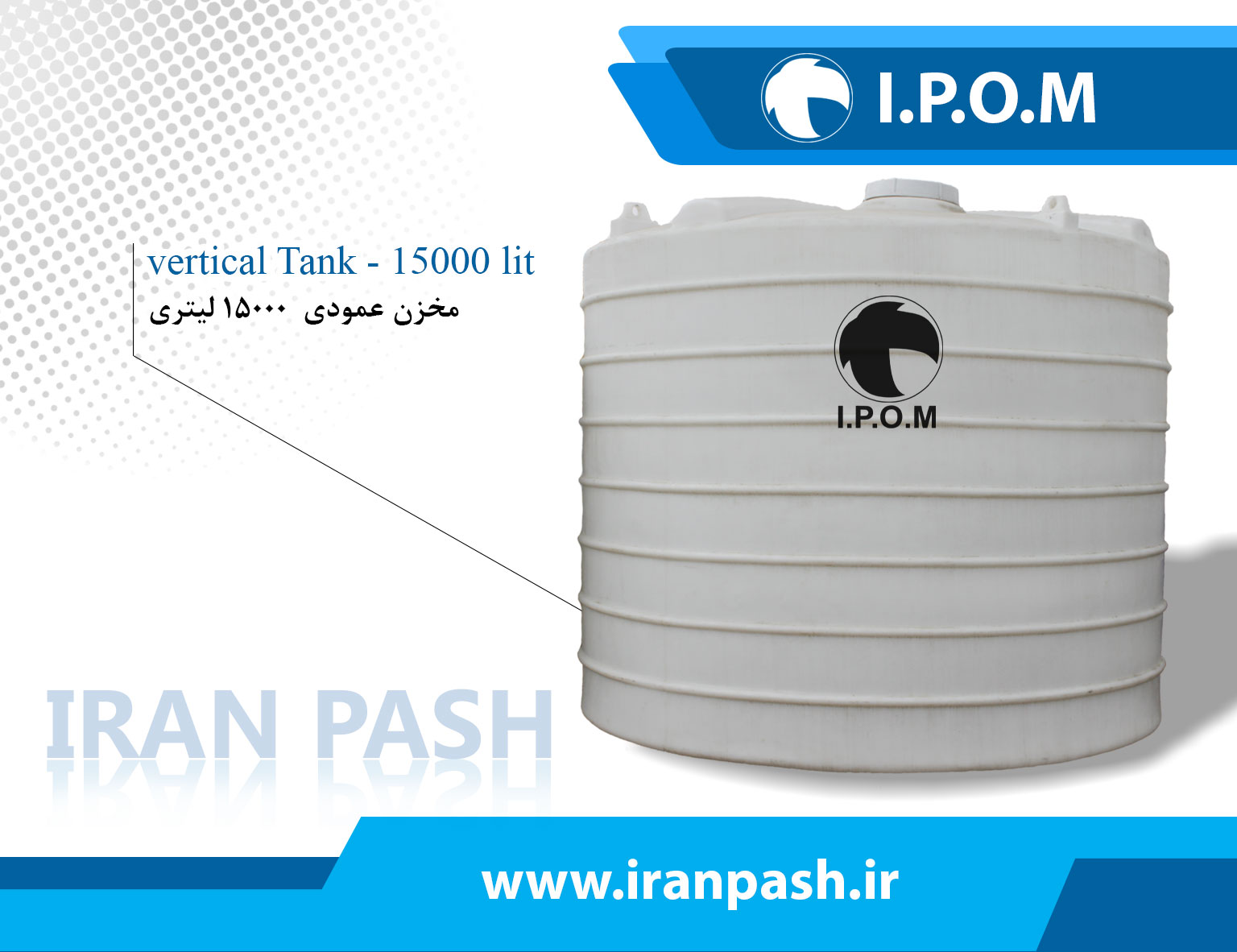
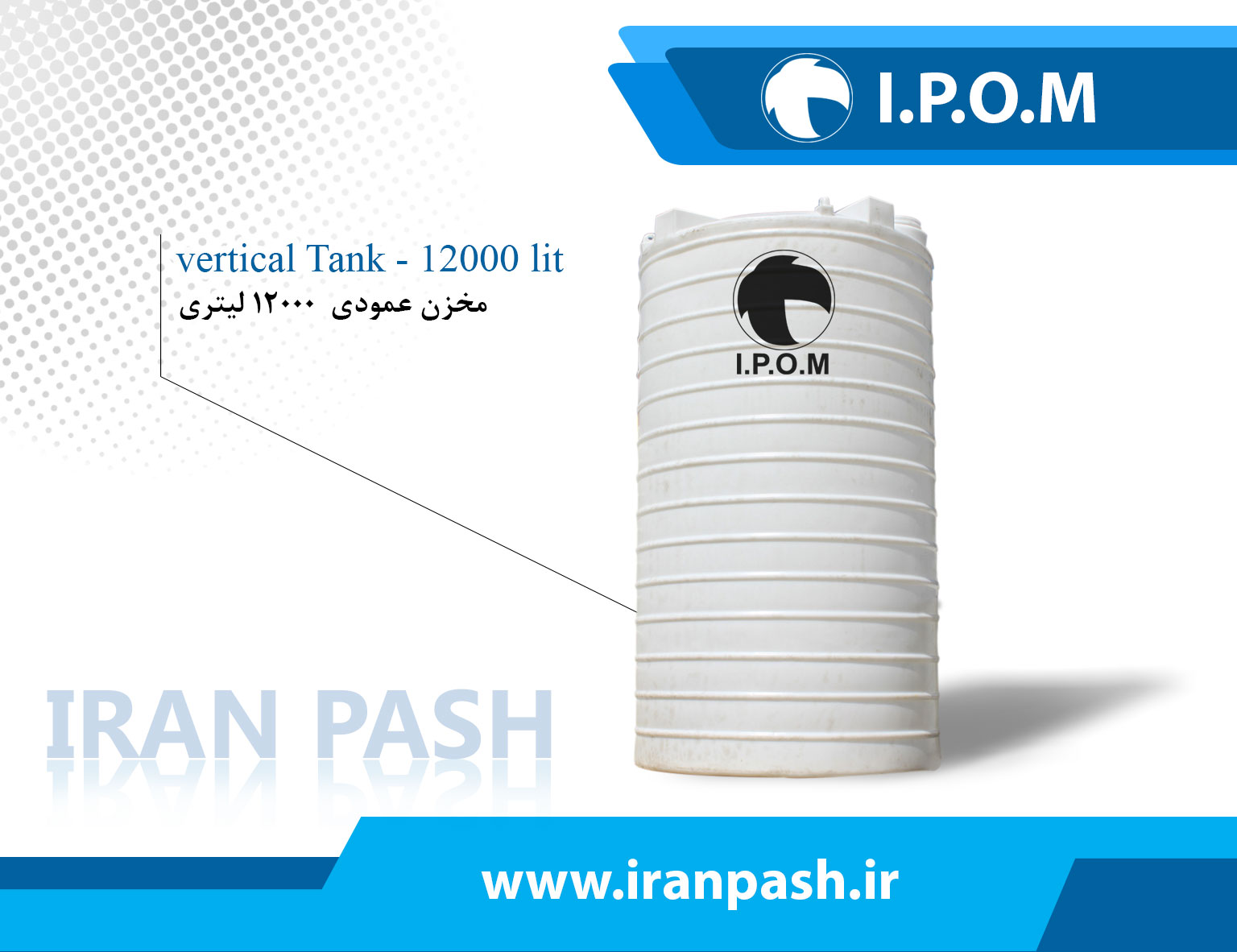
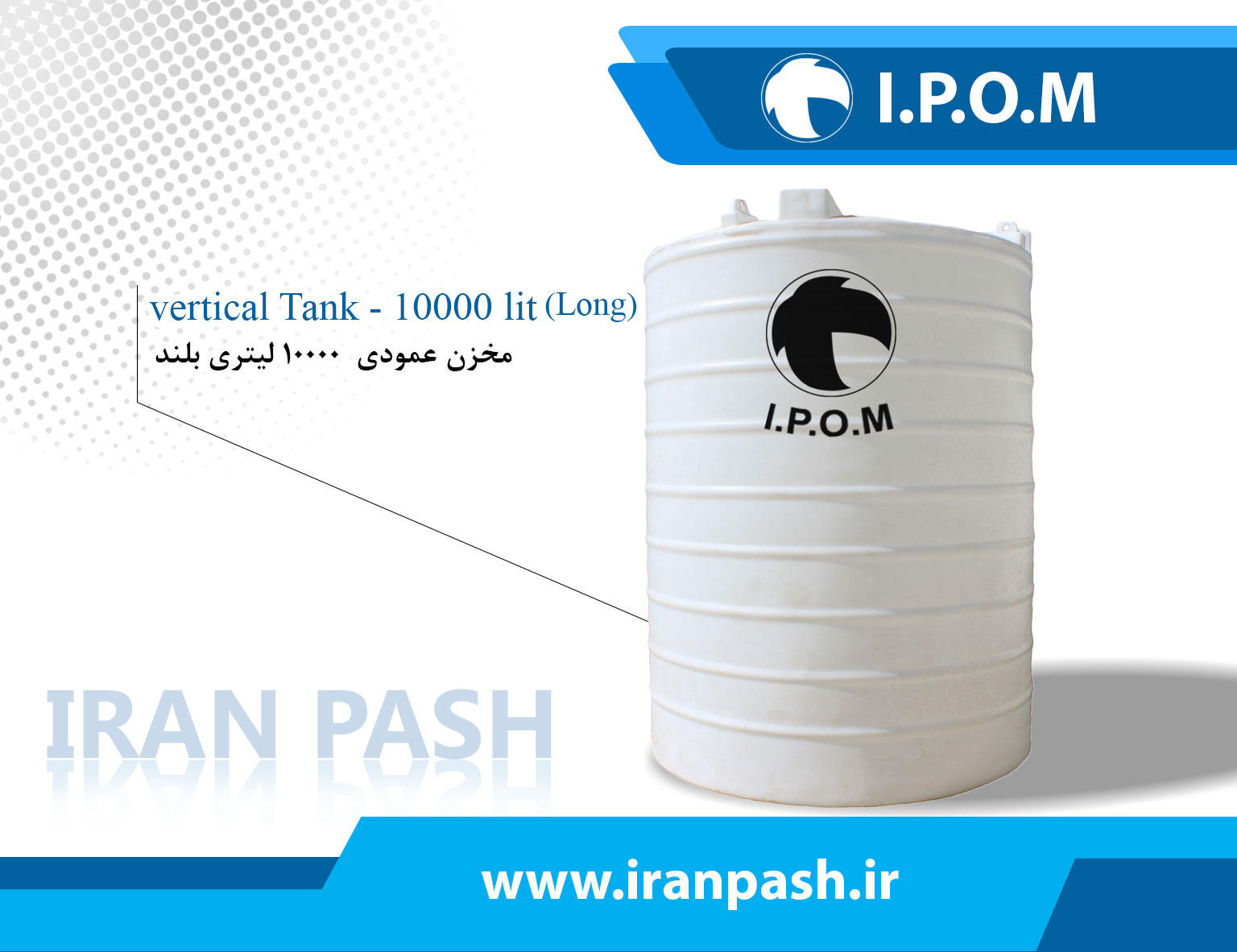
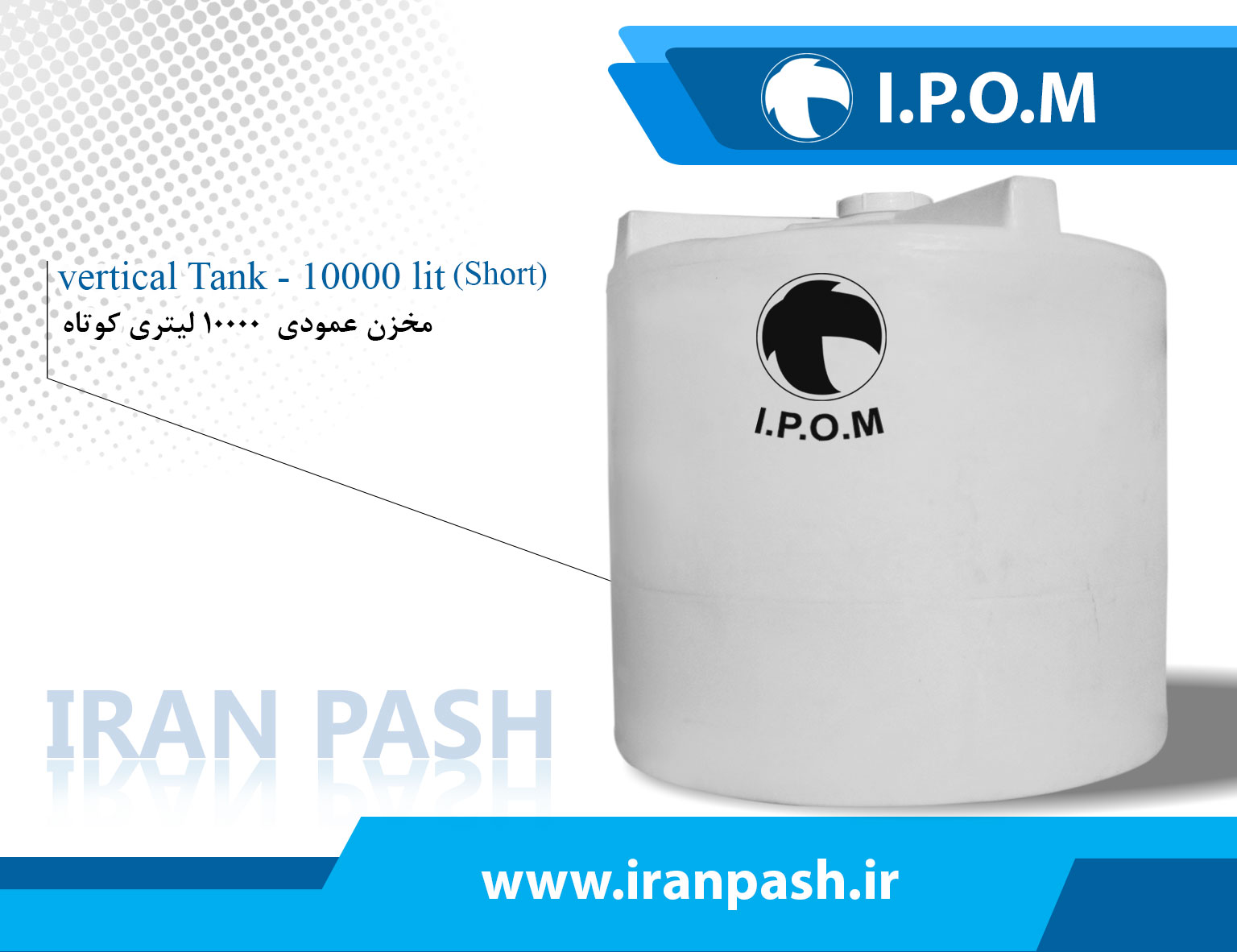
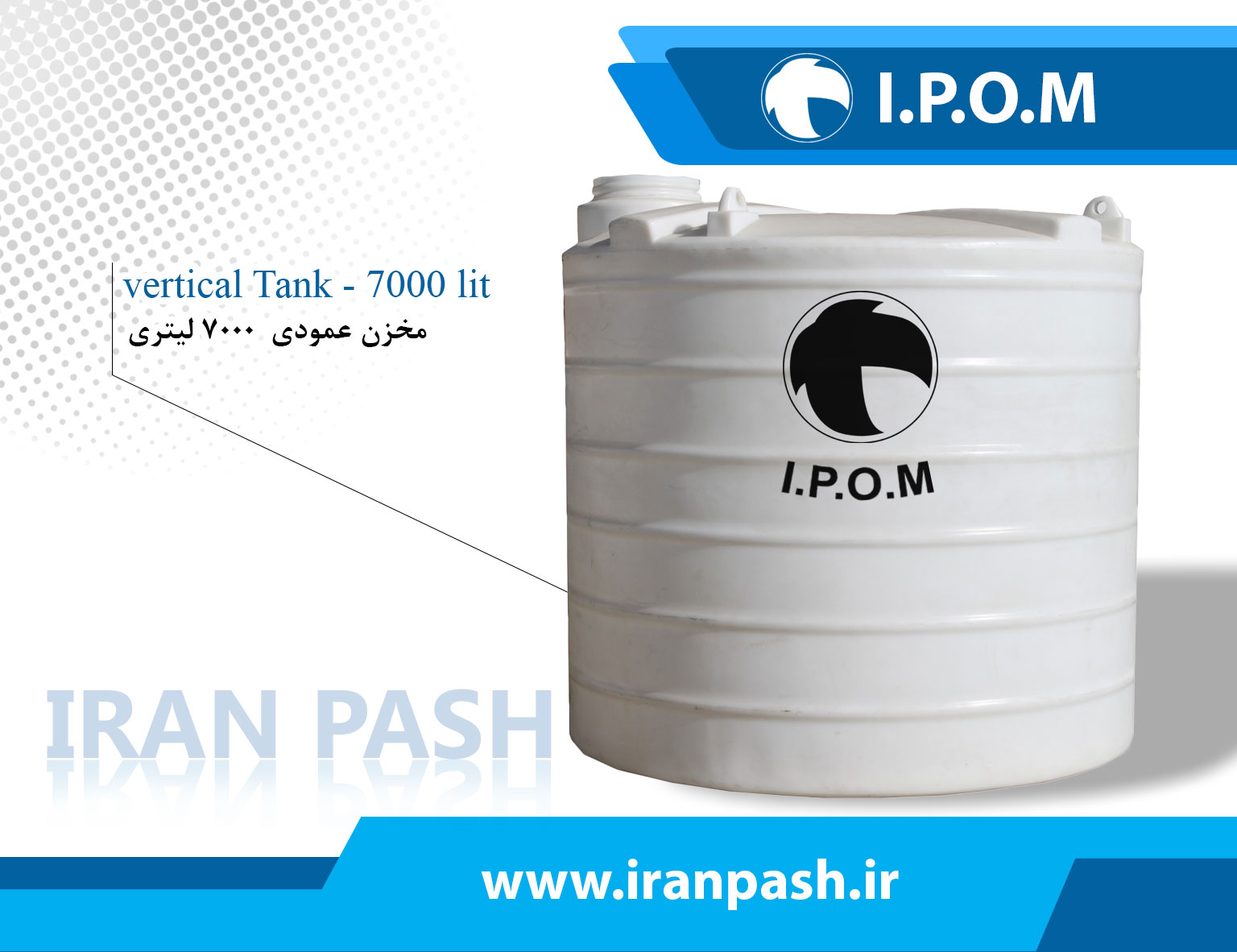
Vertical tanks, also known as standing water tanks, are specifically designed to store and hold water in a vertical position. These tanks are made of high-density polyethylene, a material known for its durability, corrosion resistance, and ability to withstand extreme weather conditions. They can be installed in open or covered spaces, making them a versatile solution for various applications.
Iranpash Company is one of the world's leading manufacturers of vertical tanks, producing the largest integrated polyethylene tanks globally. Their tanks come in various capacities ranging from 50 to 65,000 liters, with an extensive range of dimensions to fit customers' specific requirements.
They use pure polyethylene without any additives to ensure that the tanks are hygienic and safe for storing water, preserving the health of humanity.
These vertical tanks have a wide range of applications across various industries, including agriculture, fisheries, and pharmaceuticals. They are also used for industrial and municipal water storage and are ideal for storing drinking water in residential, commercial, and institutional settings. In the agriculture industry, vertical tanks are used for irrigation and crop spraying purposes.
In conclusion, vertical tanks are an essential water storage solution that is durable, versatile, and efficient. With their varied applications and benefits, they are an ideal choice for anyone looking to store and manage water in any setting.
